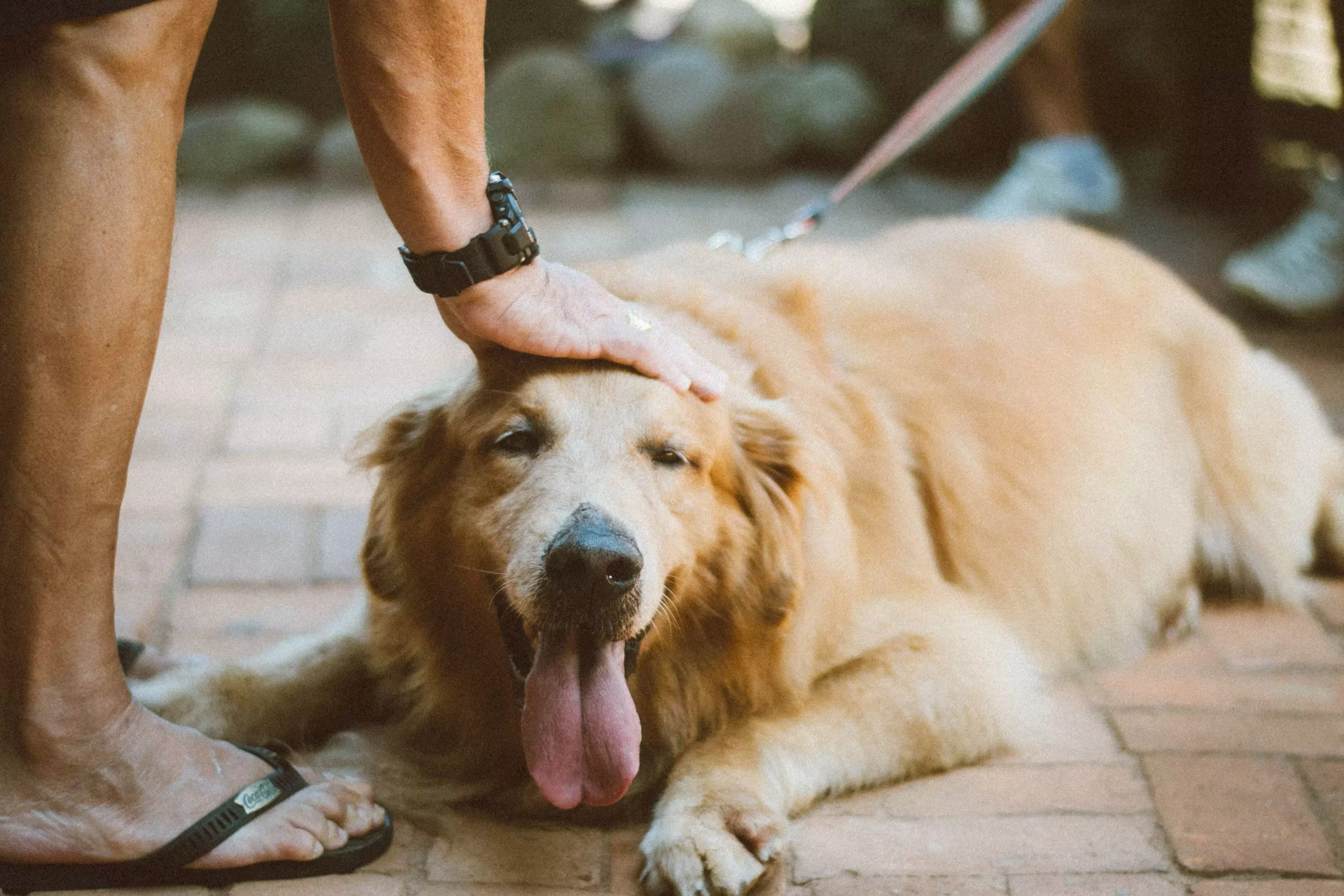Introduction:
Maintaining a healthy weight is crucial for overall well-being in dogs. Unfortunately, obesity has become a concerning issue among our furry companions, leading to various health complications. Regular exercise plays a vital role in preventing obesity and promoting a healthy lifestyle in dogs. In this article, we will explore the benefits of exercise, how much exercise dogs require, and provide answers to frequently asked questions regarding dog health and exercise.
I. Why Exercise Matters for Dogs:
1.1 Understanding the Consequences of Obesity:
– The health risks associated with obesity in dogs, such as diabetes, heart disease, and joint problems.
– The impact on their quality of life and overall well-being.
1.2 The Importance of Exercise in Weight Management:
– How exercise helps dogs burn calories and maintain a healthy weight.
– The role of exercise in preventing obesity and its associated health issues.
1.3 Mental Stimulation and Emotional Well-being:
– The psychological benefits of exercise for dogs, including reduced anxiety and improved mood.
– How exercise can alleviate behavioral problems and promote a balanced temperament.
II. Benefits of Regular Exercise:
2.1 Weight Control and Preventing Obesity:
– How exercise helps dogs maintain a healthy weight and prevent obesity.
– The role of regular physical activity in managing weight-related health conditions.
2.2 Enhanced Muscle Tone and Strength:
– How exercise strengthens dogs’ muscles, improving their overall physical condition.
– The benefits of muscle tone and strength in preventing injuries and promoting longevity.
2.3 Improved Cardiovascular Health:
– How exercise helps improve dogs’ cardiovascular fitness.
– The positive effects of regular physical activity on heart health and circulation.
2.4 Joint Health and Flexibility:
– The role of exercise in promoting healthy joints and preventing arthritis.
– The importance of maintaining flexibility and range of motion through exercise.
2.5 Mental Stimulation and Behavioral Improvement:
– How exercise provides mental stimulation, preventing boredom and destructive behavior.
– The positive impact of regular physical activity on dogs’ behavior and obedience.
III. How Much Exercise Does Your Dog Need?
3.1 Consideration of Age, Breed, and Health:
– How age, breed, and health condition influence dogs’ exercise needs.
– The importance of tailoring exercise routines to individual dogs.
3.2 Tailoring Exercise to Individual Needs:
– Tips for determining the appropriate exercise duration and intensity for your dog.
– The benefits of incorporating different types of exercise, such as walking, running, and playing.
3.3 Recommendations for Different Dog Breeds:
– Breed-specific exercise requirements and considerations.
– Examples of exercise routines for different breeds, such as high-energy breeds and brachycephalic breeds.
IV. Frequently Asked Questions (FAQs):
4.1 How can I tell if my dog is overweight?
– Signs and methods for determining if your dog is overweight.
– The importance of regular weigh-ins and body condition scoring.
4.2 Can all dogs participate in the same type of exercise?
– Factors to consider when choosing the right type of exercise for your dog.
– How to adapt exercise routines for dogs with specific health conditions or limitations.
4.3 What are some low-impact exercises suitable for older dogs?
– Gentle exercise options for older dogs to prevent strain and injuries.
– Examples of low-impact exercises, such as swimming or slow walks.
4.4 How can I motivate my dog to exercise?
– Tips for encouraging dogs to engage in physical activity.
– The benefits of incorporating play and rewards during exercise sessions.
4.5 Are there any exercises to avoid for certain breeds?
– Exercises that may be harmful to certain breeds or health conditions.
– The importance of consulting with a veterinarian for breed-specific exercise guidelines.
Conclusion:
Regular exercise is a crucial component in preventing obesity and maintaining a healthy weight in dogs. By engaging in appropriate physical activities, dogs can not only stay fit but also experience numerous physical and mental health benefits. Remember to consult with your veterinarian to determine the optimal exercise routine for your furry friend, taking into account their age, breed, and health condition. Let’s prioritize our dogs’ well-being by ensuring they receive the exercise they need to lead happy and healthy lives.
Please note that this is a brief outline for your article. You can expand on each section and provide detailed information, tips, and advice to make it an informative blog post.









